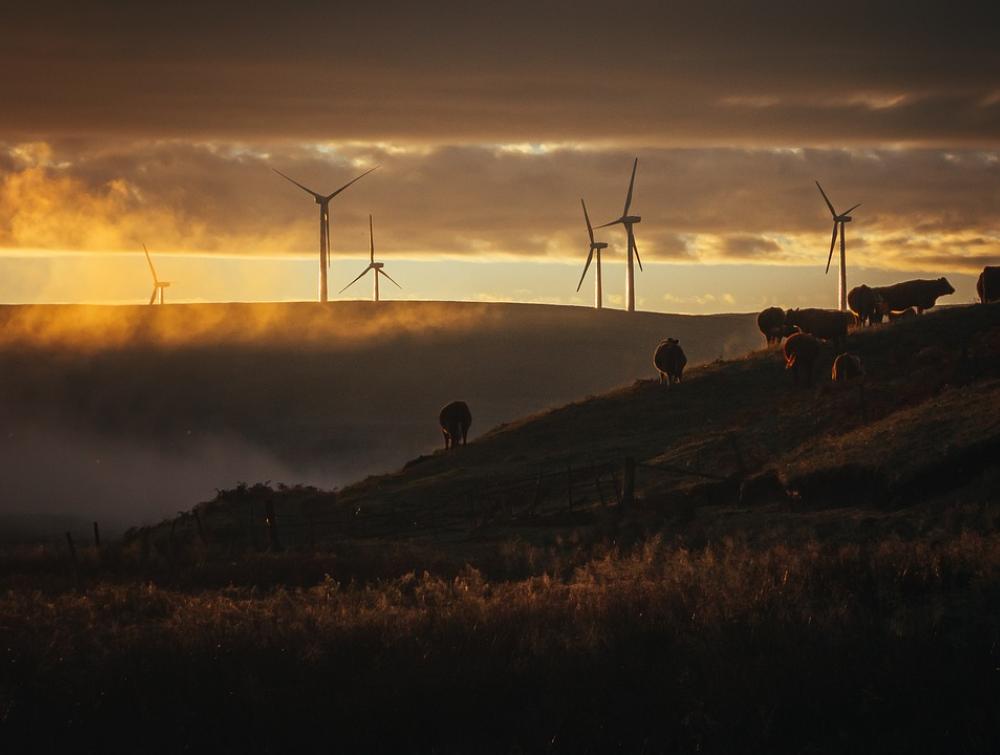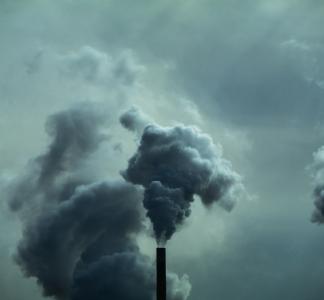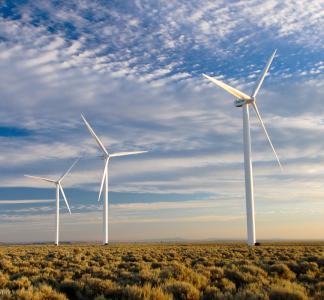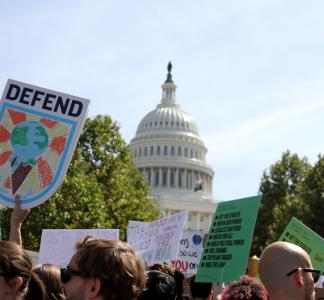FAQ: How can we ensure renewable energy is developed fairly?

Animals roam hills with wind turbines
Mokup, Pixabay
Renewable energy economy will help avert worst effects of climate change
As front-line communities across the globe grapple with the grave impacts of extreme weather, drought, flooding and wildfire, it couldn’t be clearer that fossil-fuel dependence is rapidly poisoning our communities and homes (and even jeopardizing the future of our species). The U.S. must transition away from a fossil fuel-addicted economy to one powered by renewable energy. Not only will that reduce the greenhouse gas emissions driving the climate crisis, but if done the right way, it will also safeguard habitat, species and local economies.
Renewable energy technologies on public lands like solar and wind offer a promising alternative to fossil fuels
But how do we responsibly develop renewable energy--without deepening climate injustices, damaging the environment or wasting resources? Keep reading for answers:
-
How can we ensure developing renewable energy doesn’t contribute to environmental racism?
Communities of color and Tribes, often intersecting with lower income communities, tend to be disproportionately impacted by environmental degradation and pollution because of unfair policies (this is sometimes called “environmental racism”). To avoid deepening or replicating these harms, community concerns must always be centered when renewable energy development is suggested. For example, before the federal or state government even greenlights a new solar array, it should earnestly gather and factor in feedback from local communities and area Tribes about where the solar panels should or shouldn't be built, what kinds of impacts the project may cause, what the communities need to help offset those impacts, and what new locations may be better. It also means ensuring that project agreements for a new solar or wind farm guarantee benefits to the local communities, from the jobs it takes to build and operate the farms, to the revenue the communities get from the electricity generation happening in their backyard, to even utilizing that locally-generated energy themselves.
-
Where are the best places for renewable energy projects to happen?
The best places for renewable energy projects are areas where natural resources like sunlight, wind or underground heat pockets are abundant--and where land has been vacant or underutilized due to pollution from industrial use, so that development isn’t likely to damage the environment too much. So, while we should be looking to coastal regions for their strong offshore wind potential, or deserts for their plentiful sunshine, we also have to carefully consider how projects will impact nearby communities and wildlife.
Governments working with Indigenous tribes, activists and local residents is key to mapping out the best places for clean energy. Getting stakeholders on board can result in quicker environmental reviews with less risk of lawsuits. One way to encourage this is giving faster approvals to companies that agree to build in communally identified areas, offsetting the time needed to gather input before the project starts.
-
But don't renewable energy projects hurt wildlife and wildlands?
Like any development, building up renewable energy infrastructure can harm wildlife or wildlands if it’s not done in a sustainable and responsible way. That’s another reason it’s so important to talk to local communities and experts and fully understand a potential project site before the work starts.
Making sure renewable energy infrastructure doesn’t cut off wildlife migration corridors is key. In some cases, habitat restoration projects make sense as a way to offset potential impacts. And of course, let’s not forget that reducing greenhouse gas emissions—which requires a major increase in renewable energy generation—is one of the most important ways to guarantee a better future for wildlife and the places they need to thrive.
-
Does renewable energy waste a lot of water?
Through environmental justice efforts, Indigenous communities have continued to remind us that water is life. Due to factors like waste and profiteering, water has been made into a scarce resource and cities such as Flint, Michigan, are still without clean water due to government negligence. The importance of water must guide our decisions when developing and generating renewable energy.
One renewable energy source where water is a key concern is geothermal energy, a process where heat stemming from the planet’s formation is brought to the surface and used to spin a turbine, which generates electricity. Geothermal power plants can require a lot of water for spinning and cooling the turbines. Implementing advanced cooling technologies such as “dry-cooling,” where turbines are cooled with air instead of water, can optimize water use and reduce water consumption significantly.
Solar energy can also be water-intensive. During construction, water is sometimes used to dampen the ground and decrease harmful airborne dust from the project. More work is needed to address this issue. Meanwhile, some are working on other methods to cut water waste, like using solar panels to reduce evaporation from canals.
Importantly, focusing on sources like wind which is less water-intensive than traditional fossil fuel-based power generation, can further mitigate energy-related water usage.
-
Is it expensive to generate renewable energy?
The costs of generating renewable energy have been declining steadily over the years. In fact, a report from the International Renewable Energy Agency confirms that renewables are the cheapest form of power today.
Technological advancements and increased levels of production have made renewable energy competitive with traditional fossil fuel-based energy sources, too. For 99 percent of the country’s coal-fired power plants it’s more expensive to stay in operation than it is to build new wind or solar energy nearby.
To ensure all communities, particularly those with lower incomes, can opt in to the benefits of renewable energy, keeping the costs of generating renewable energy low is vital. Lower costs of renewables-powered electricity, along with tax credits like those in the Inflation Reduction Act, are another key strategy for reducing emissions in the transportation sector.
The time to ramp up renewable energy is now
Renewable energy offers an indispensable opportunity to reduce environmental injustices and environmental degradation and combat climate change. But this can only be done with thoughtful planning and input from the communities most impacted by renewable energy projects and the current fossil fuel activities they aim to replace. By prioritizing community thought partnership, strategically developing and integrating renewable energy technologies and prioritizing environmental conservation, we can create a sustainable future that preserves the habitability, beauty and biodiversity of our natural world.



